I: Learning the Millennium History
In order to deeply study the long history of Shaanxi Province and understand the inheritance of ancient culture, 2020 and 2021 cohort undergraduates of QMES were organized to visit Shaanxi History Museum on April 29, 2022.
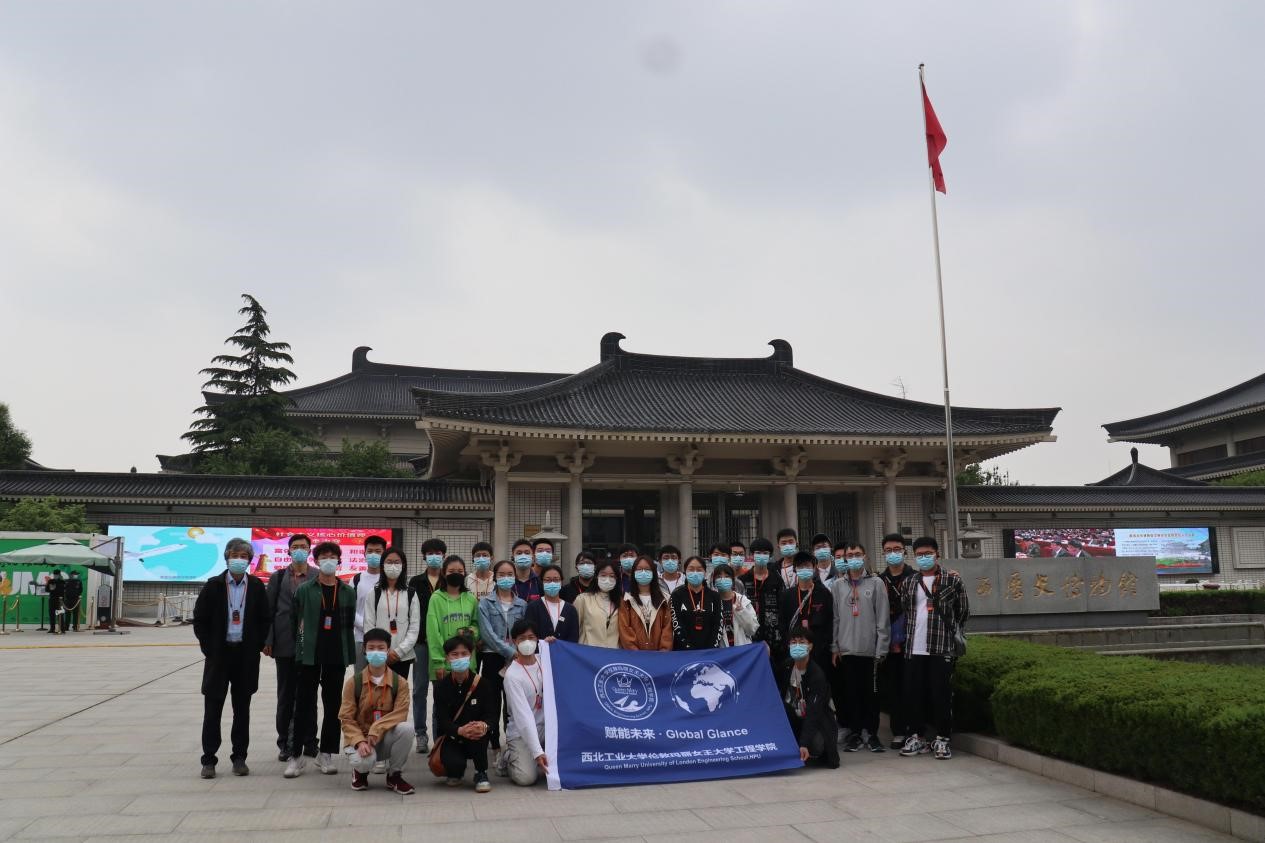
This activity was led by Professor Yang Junchang, Vice Dean of the Chinese Academy of Cultural Heritage, and Professor Dai Fuping, Secretary of the Party Committee of QMES. The docent gave a detailed introduction on the three special exhibition halls about the ancient civilization of Shaanxi in English, including “Origin of Civilization”, “Style of Han and Jin Dynasties” and “Prosperity of Sui and Tang Dynasties”, and the exhibition hall of “Relics of the Tang Dynasty - Exhibition of Unearthed Cultural Relics in He Jia Village”, and led the students to understand the splendid culture and long history of Shaanxi for thousands of years.
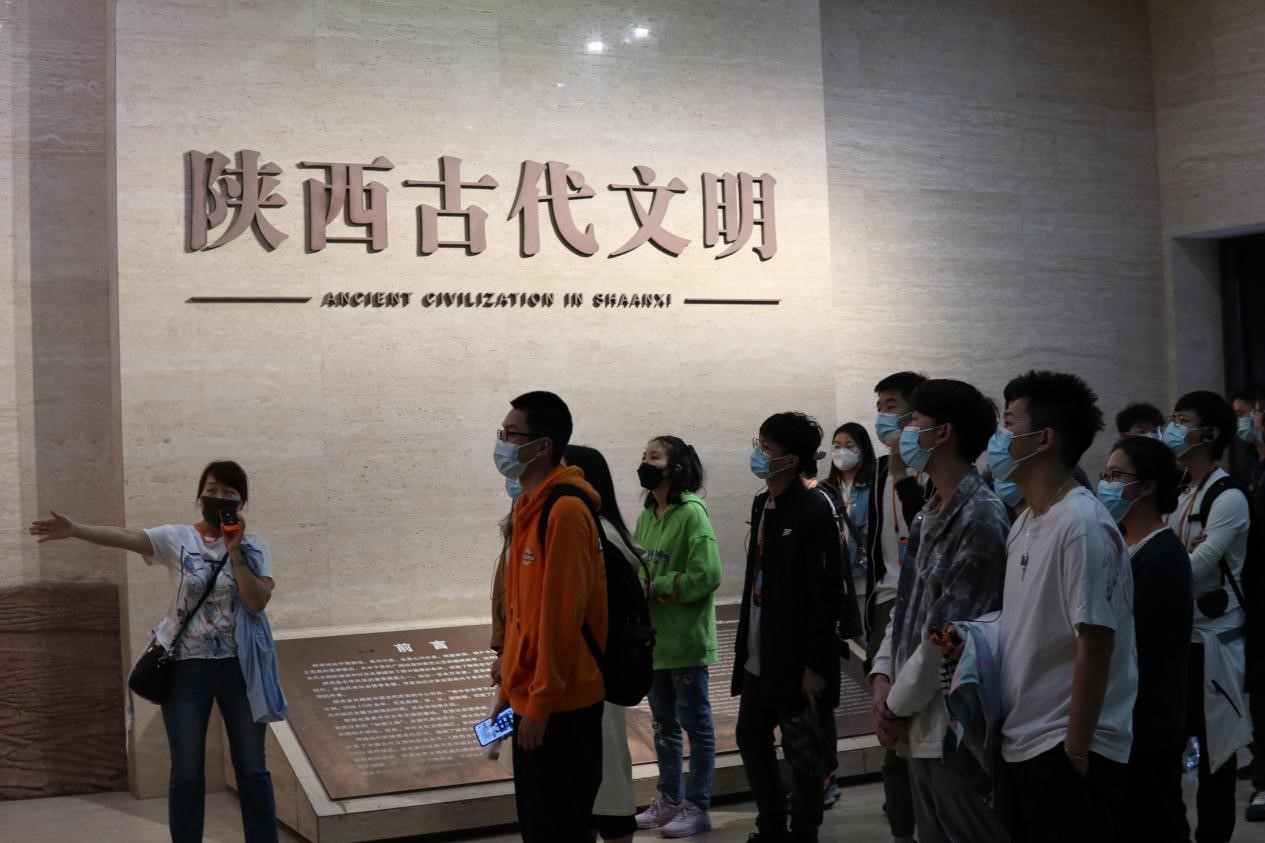
The first exhibition hall is the topographic map of Shaanxi.This land is rich in water resources, and its superior geographical environment has made the splendid Chinese civilization.Through visiting and studying the first exhibition hall, the students learned about people’s daily life in ancient times, and felt the great wisdom of the ancients in the use of words and money.
As a volunteer of Shaanxi History Museum, Yao Tanxi, a 2020 cohort student from QMES, took the initiative to tell the stories behind the cultural relics to the students during this visit based on his rich historical knowledge and thought about cultural relics.
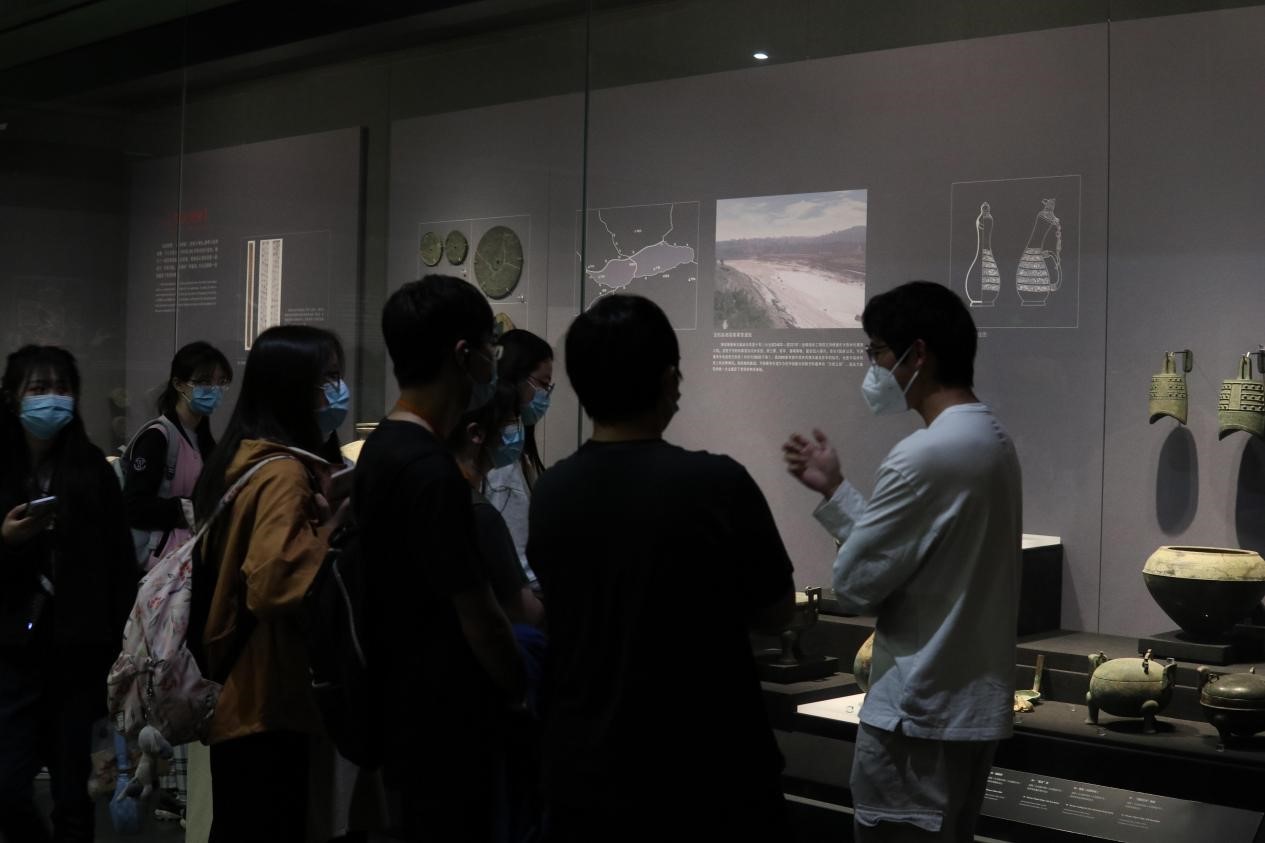
In the second exhibition hall, the topics were mainly focused on the politics, culture, diplomacy, and science and technology of the Han Dynasty and the Wei, Jin, and the Southern and Northern Dynasties. The Dragon Painted Phoenix Pavilion and Bronze and Bamboo Smoking Stove Gilded with Gold and Silver in the Han Dynasty depict the political situation at that time; the writing tile, smelting weaving and currency casting reflect the cultural life of the Han Dynasty;the Wild Goose Lantern reflect the innovative thinking of the ancients;and papermaking has become one of the four great inventions of mankind, all of which show the trend of the times of national integration.
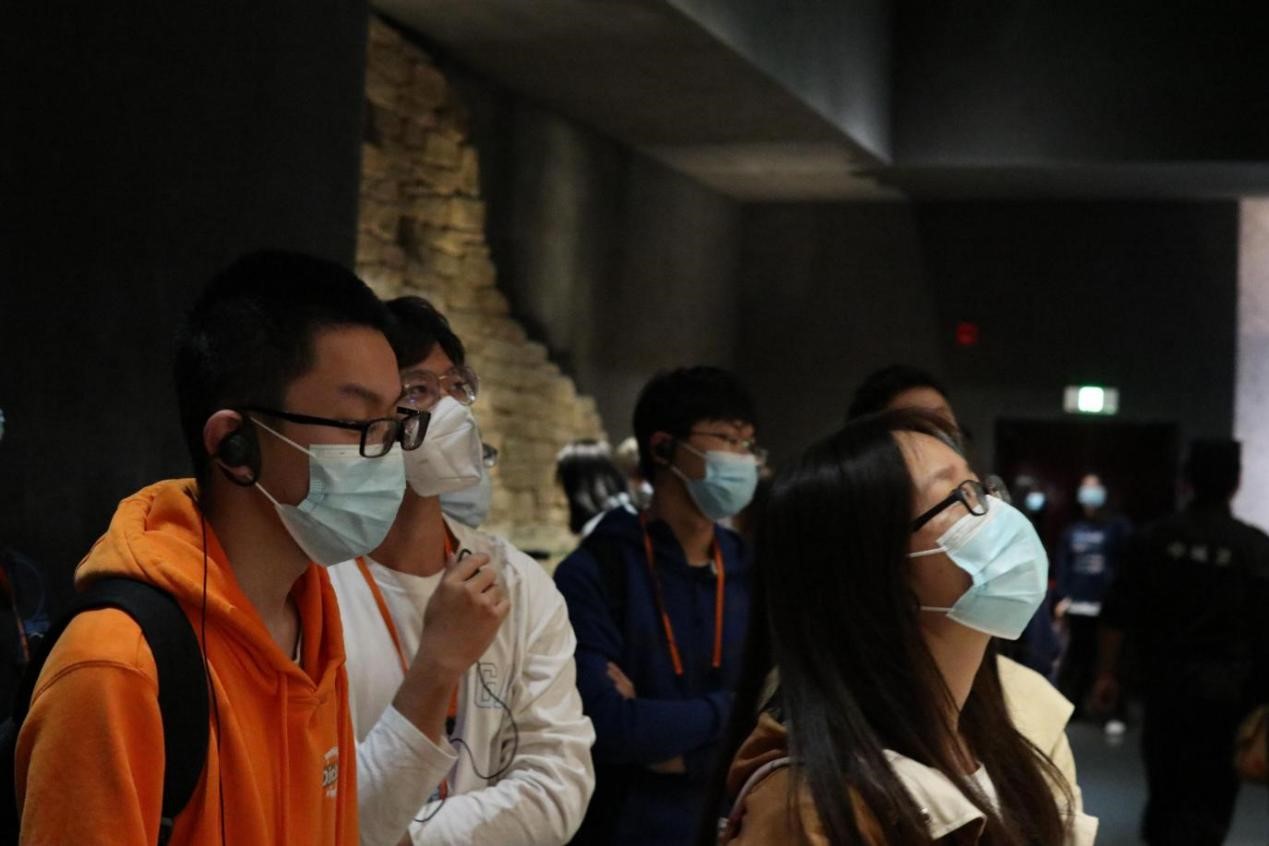
The third exhibition hall shows the cultural habits and diplomatic features of the Sui and Tang Dynasties.The Tri-Colored Glazed Gardens of the Tang Dynasty and the original work of Wang Xizhi in the Tang Qianling Mausoleum reflect the culture and entertainment life of the nobles of the Tang Dynasty.The Terra-cotta Women of Tang Dynasty and Painted Figurines of the Chinese Zodiac show the aesthetics of the people with plumpness as their beauty in the Tang Dynasty and the aesthetic color system with yellow, white and green as the main colors.The Celadon Lifting Beam Pouring Pot of the Song Dynasty would not overflow if the water level inside it was lower than its neck, but it could not contain too much water, which tells people that when the water is full, it overflows.
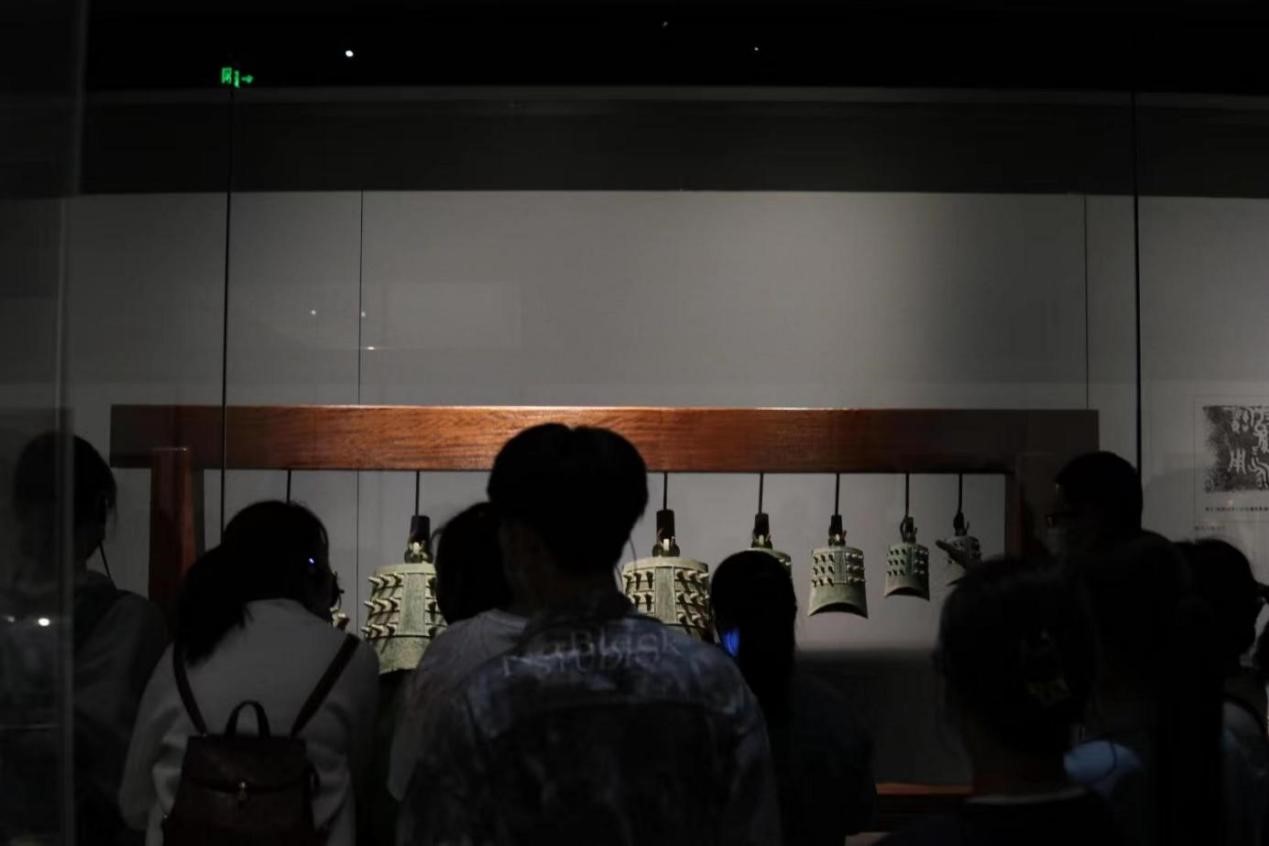
The Tang Dynasty Hoard Excavated in He Jia Village, Xi’an in October, 1970 is displayed in the exhibition hall of “Relics of the Tang Dynasty - Exhibition of Unearthed Cultural Relics in He Jia Village”, which is one of the most important archaeological discoveries in Sui and Tang Dynasties in the 20th century.These precious cultural relics contain rich information, all of which can reveal the life of the Tang Dynasty from multiple angles and levels.At that time, the filigree cutting technology and welding technology were particularly fine. For example, cultural relics such as the Golden Bowl with Lotus Petals and the Silver Pot with Gilded Horse’s Cup made the students marvel.These national-treasure cultural relics not only have an extremely exquisite and luxurious appearance, but also reveal the vigorous and unrestrained momentum of the people of the Tang Dynasty.
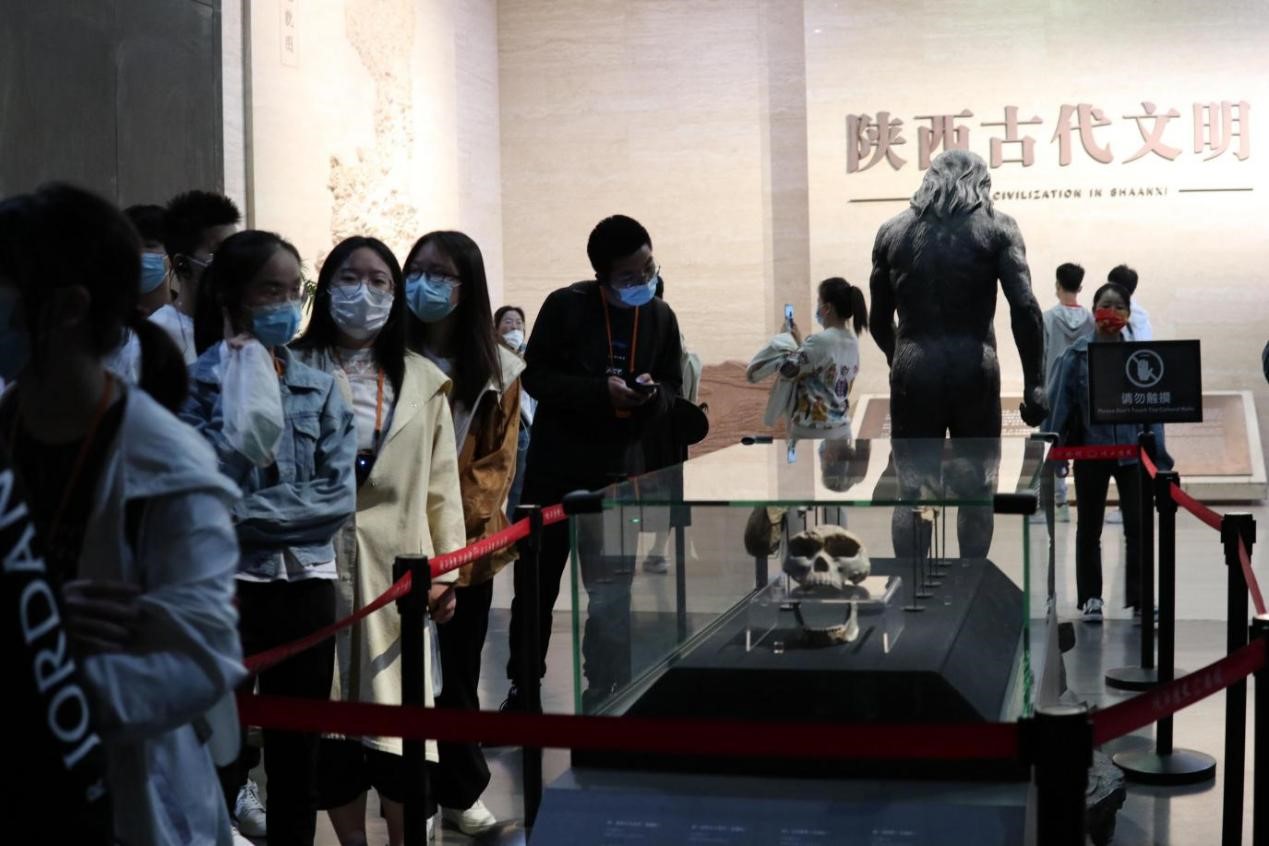
This visit and study enabled the students to have a deeper understanding of the birth and development of the Sanqin Land and Chinese civilization.The Shaanxi History Museum, known as the “Pearl of the Ancient Capital and Treasure House of China”, makes the students feel the thousands of years of history and profound cultural heritage.Through remembering history with objects and identifying today with history, students have enhanced their sense of identity, belonging and pride in Chinese culture.
(Translator: Liu Kaixuan)
Ⅱ: Tracing Back the History of Xi’an Film Studio
In order to enhance students’ sensibility, appreciation and creativity of art, QMES organized 2020 and 2021cohort undergraduatesto study at Xi’an Film Studio ( also known as China Western Film Group Co., Ltd.) on May 13, 2022.Students were invited to walk into the Museum,participating in special courses to learn about film and television science and technologyduringthis activity. This activity were led by Liu Jia, 2019 cohort counselor and Jing Tingting,staff of Teaching Affairs Office.
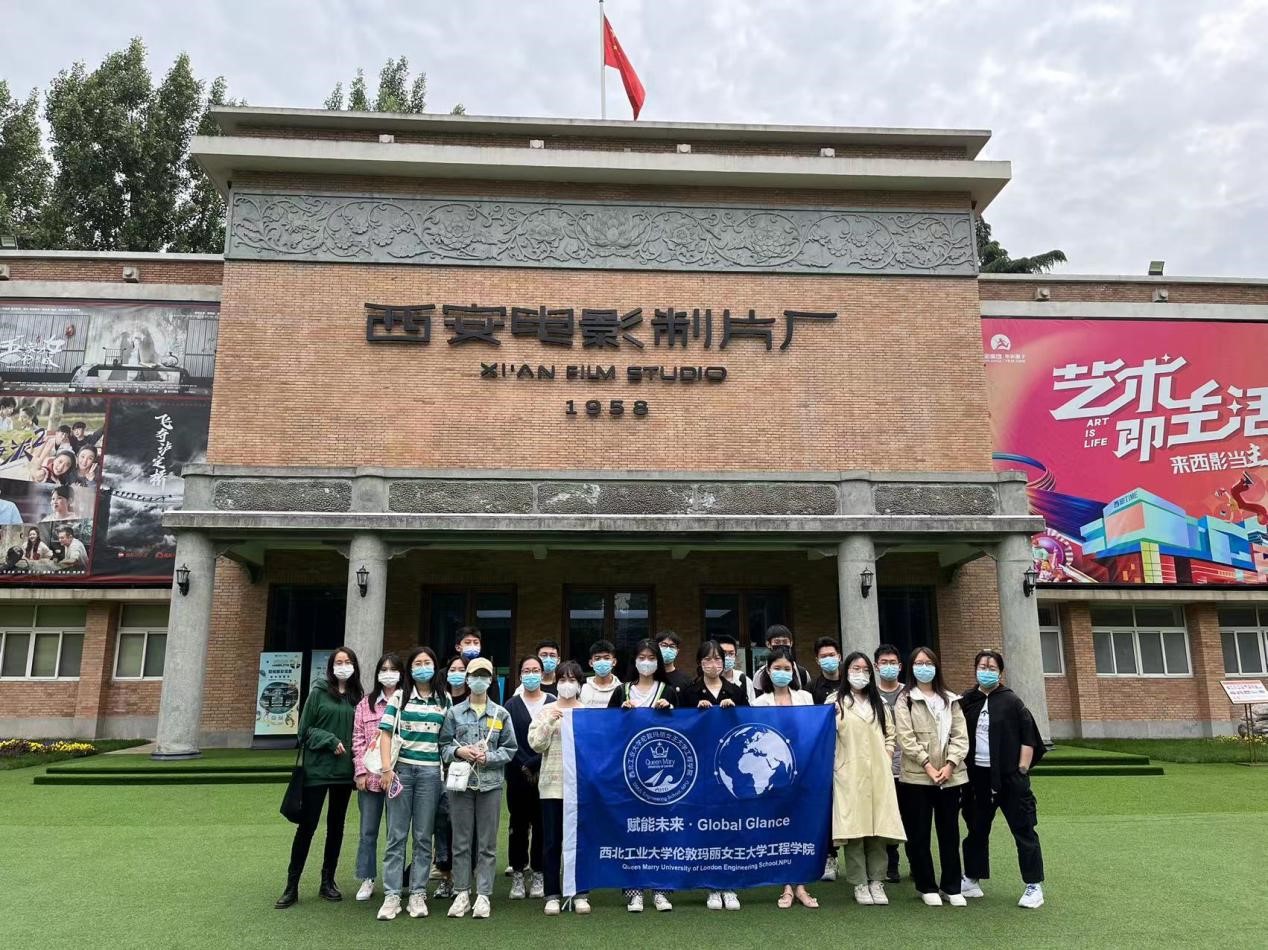
On both sides of the tree-lined boulevard of the Western Film Museum, there are many domestic and foreign awards won by filmmakers of Xi’an Film Studio: the Golden Bear Award, the Golden Rooster Award, etc. Countless awards symbolize glorious history of the Xi’an Film Studio. Here are classic cars that are common in the movies of the Republic of China, the little sports cars that the rich lady rides, and the green pickup trucks and battlefield motorcycles in the Anti-Japanese War historical plays. Among them, a precious cargo pickup truck was actually blasted during the shooting process, which shows the filming in earlier years was expensive.
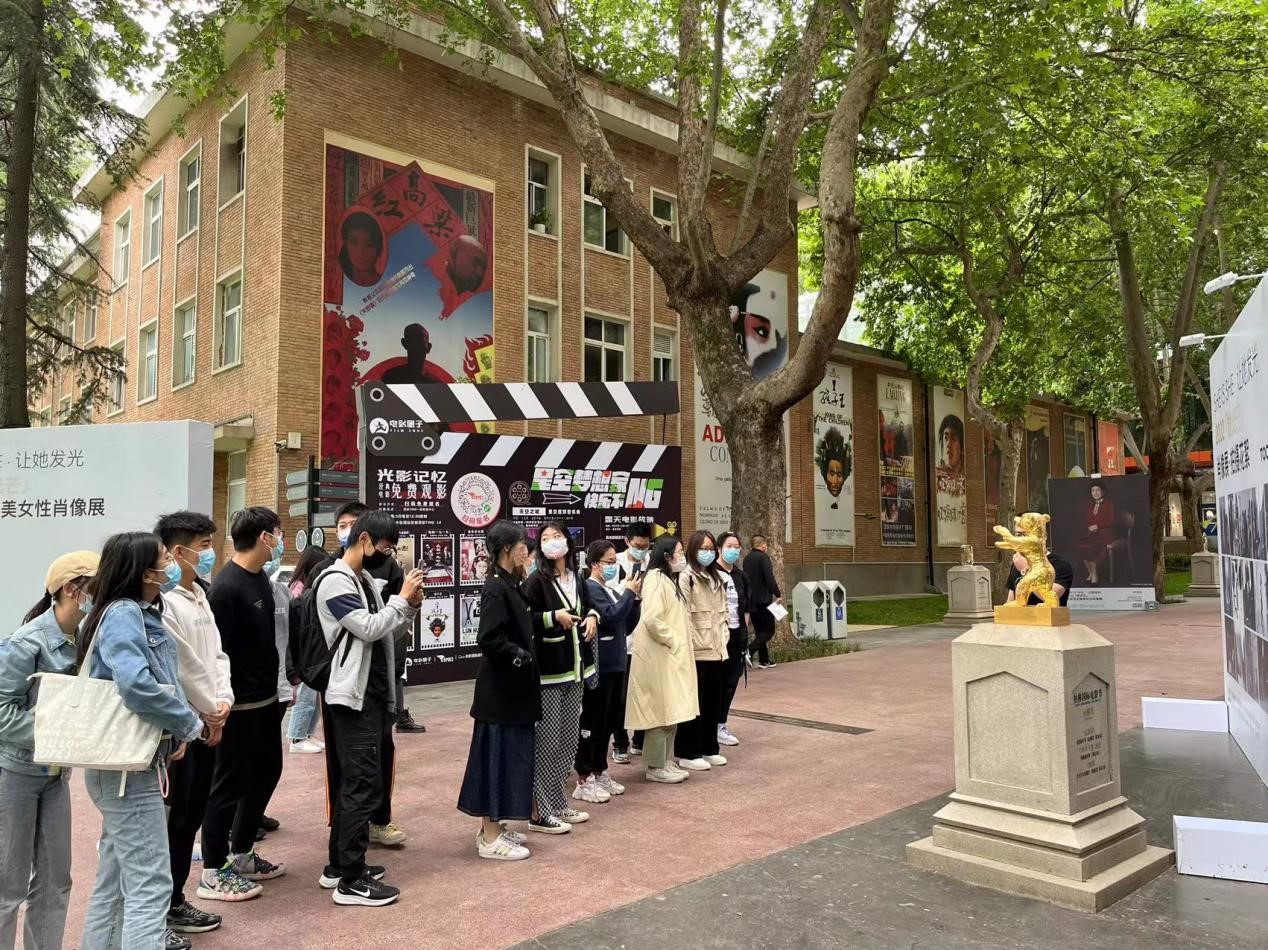

The exhibition hall on the second floor mainly sets up the theme real scene presentation and interactive experience area of the film “A Chinese Odyssey”. “A Chinese Odyssey” vividly restores the classic scenes in the movie. The interactive experience area is divided into four parts: dubbing, onomatopoeia, green screen photography, and multi-frame animation. Each part is an integral part of film-making.
The exhibition hall on the third floor mainly presents thehistory and production methods of the film, including the birth of the first film: documentary “The Arrival of a Train” directed by Lumiere Brothers; the ancient film projector from hand-cranked to automatic; the era of a generation of mime master Chaplin. In terms of film production, Xi’an Film Studio vividly showed students how the film can be played continuously through visual persistence by small props such as kaleidoscopes and comic strips.
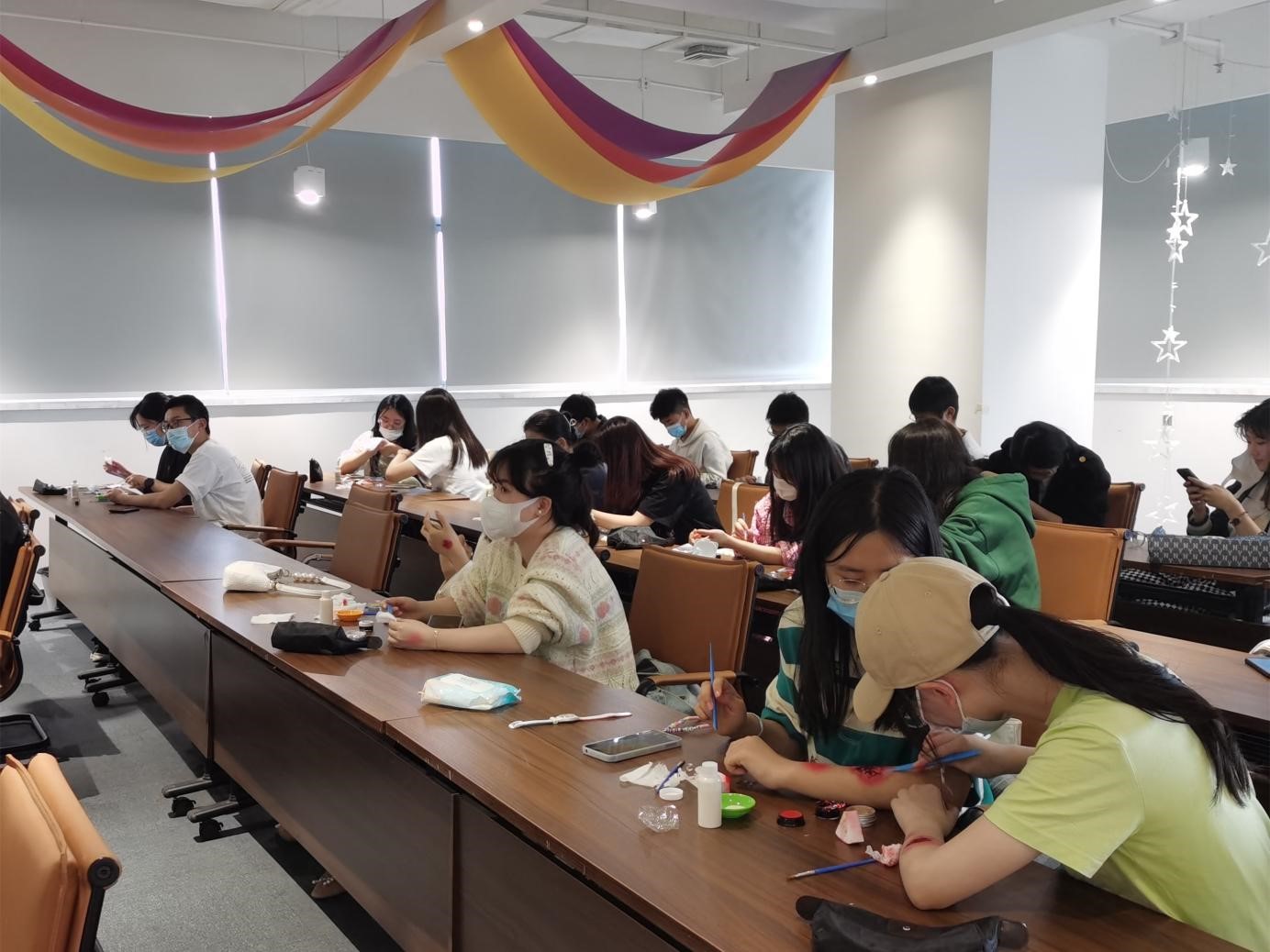
Special effect makeup is an integral part of movies. Bothsmalllocal wounds and body special effect require special effect makeup to complete. Students had a preliminary understanding of the significance and value of special effect makeup under the explanation of professional teachers and mastered simple special effect makeup skills. In the practice part, students worked in pairs to complete the special effect makeup of the burn wound.
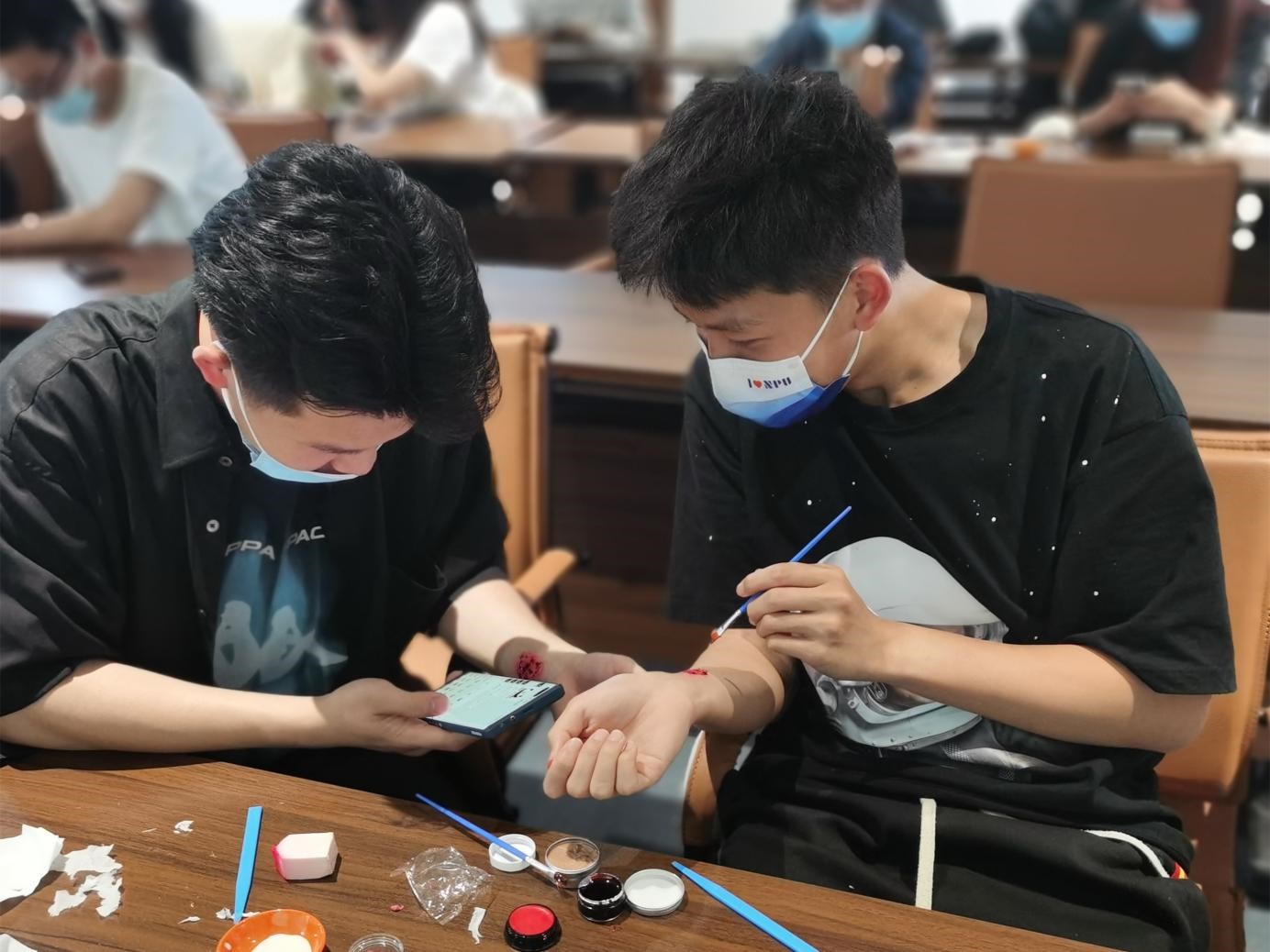
In thisinternationalcompetenceresearchactivity, courses are chosen fully combined with the requirements of students’ professional studies and career planning. Students learned the history of Chinese and Western film and experienced film shooting and production process, which not only improved students’ artistic aesthetics and art appreciation ability, but also expanded their international vision. In the future, QMES will continue to optimize theeducatingmodel, explore advantageous practical resources, focus on the cultivation of students’ comprehensive abilities, and comprehensively enhance students’ global competence.
(Translator: Li Qianqian)
III: From "Setting Feet on the Ground" to "Looking at the Stars"
On May 22, 2022, QMES conducted the third phase of international competency research activity to improve students' comprehensive qualities and broaden their international vision. Led by Wu Ajing, director of General Affairs Office, Liu Jia, 2019 cohort counselor , and Ding Jing, staff of Teaching Affairs Office, students went to Xi 'an Qujiang Museum of Fine Arts.
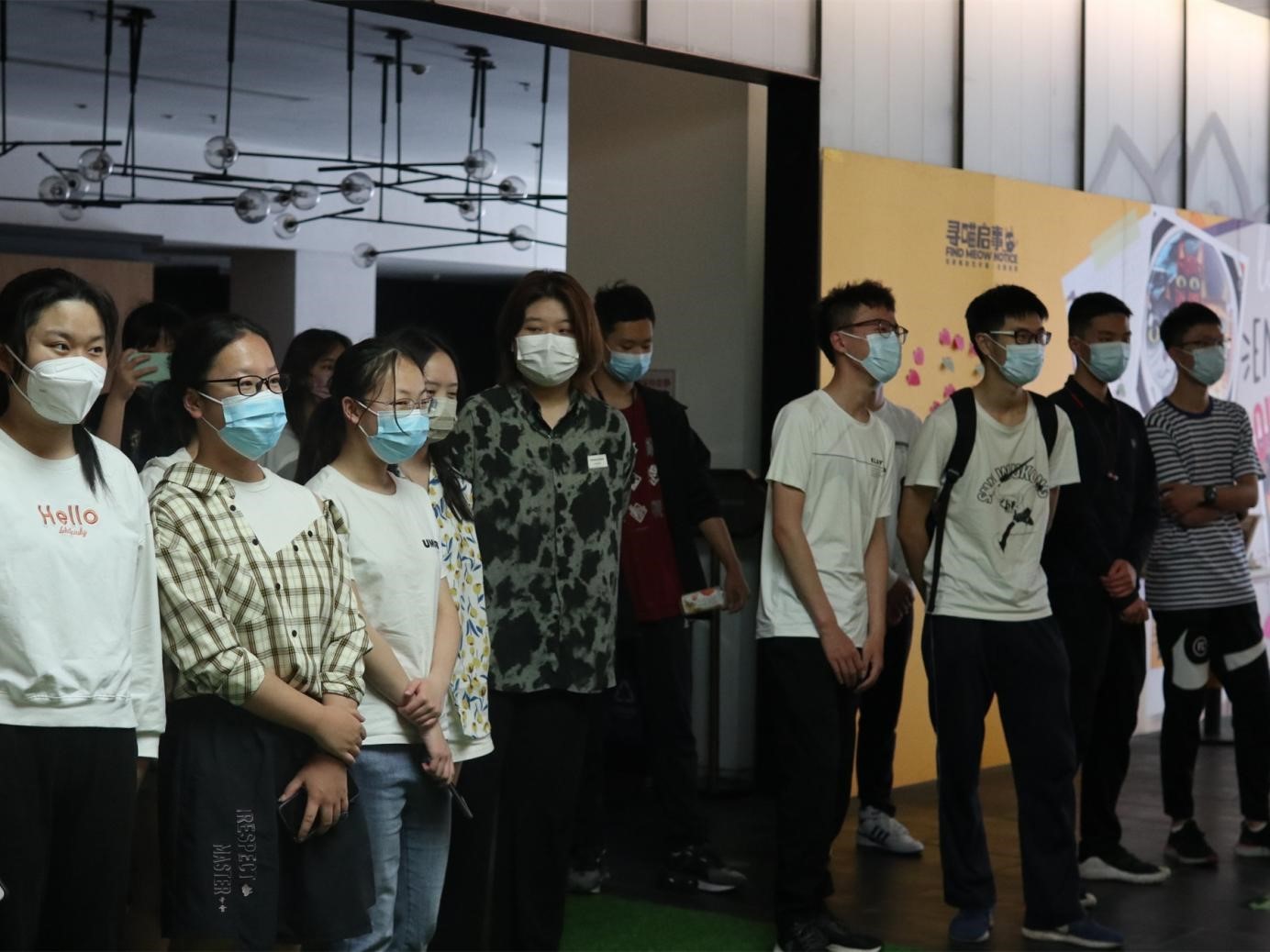
Firstly, the museum staff invited the students to make self-introductions which were followed by visiting two exhibition areas.
The first exhibition pictured various cats living in the Minsk, capital of theRepublicofBelarus, so as to present a panorama of the metropolis and guide people to reconsider the relationship between humans and cats and many other aspects of human urban life.
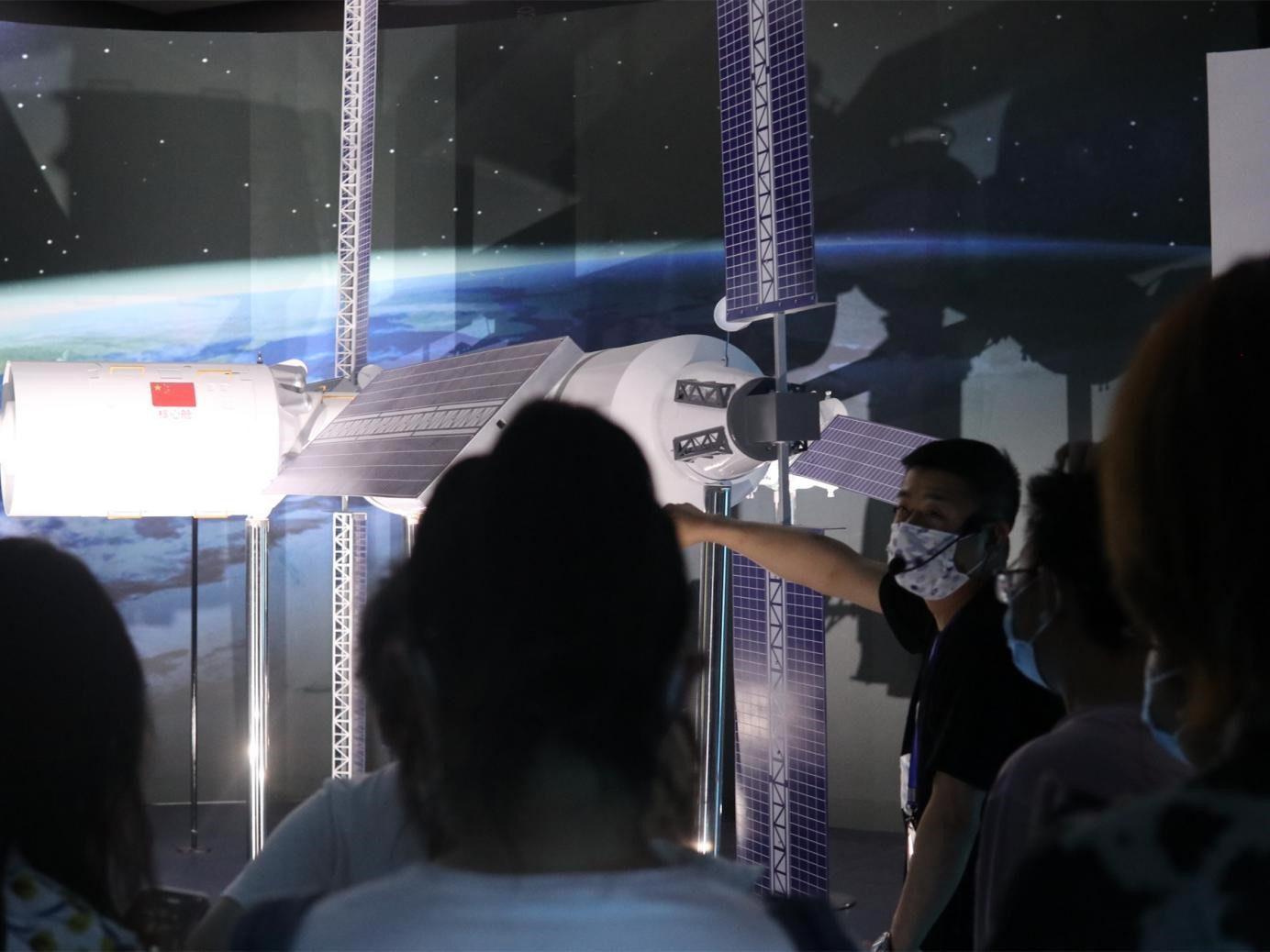
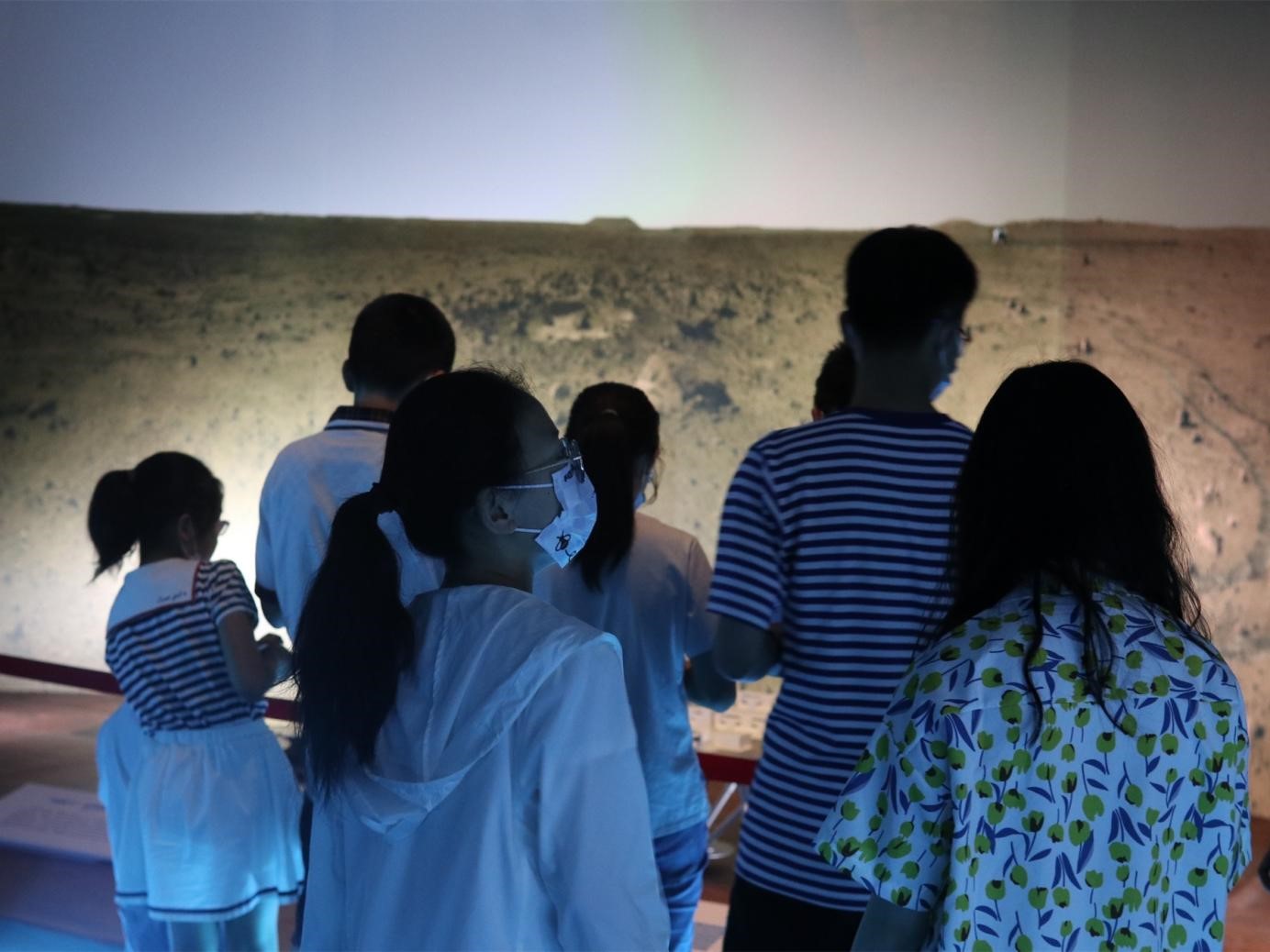
The second exhibition touched upon the imagination of ancient people for space, the past difficult years of New China's space industry and the latest achievements of China's space industry. The advanced exhibition hall provided students with an immersive experience, leaving them with a better sense of space science and technology.
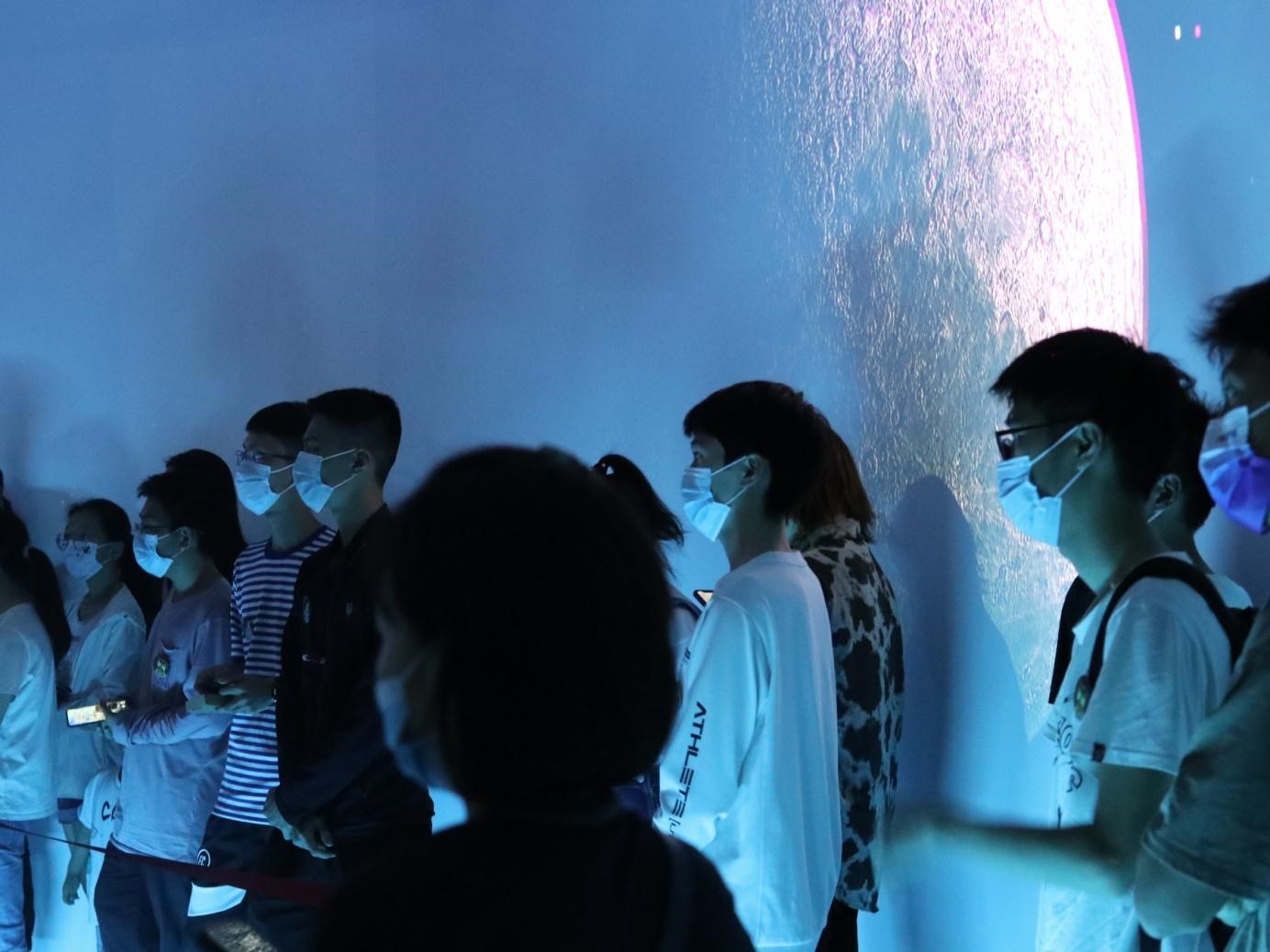
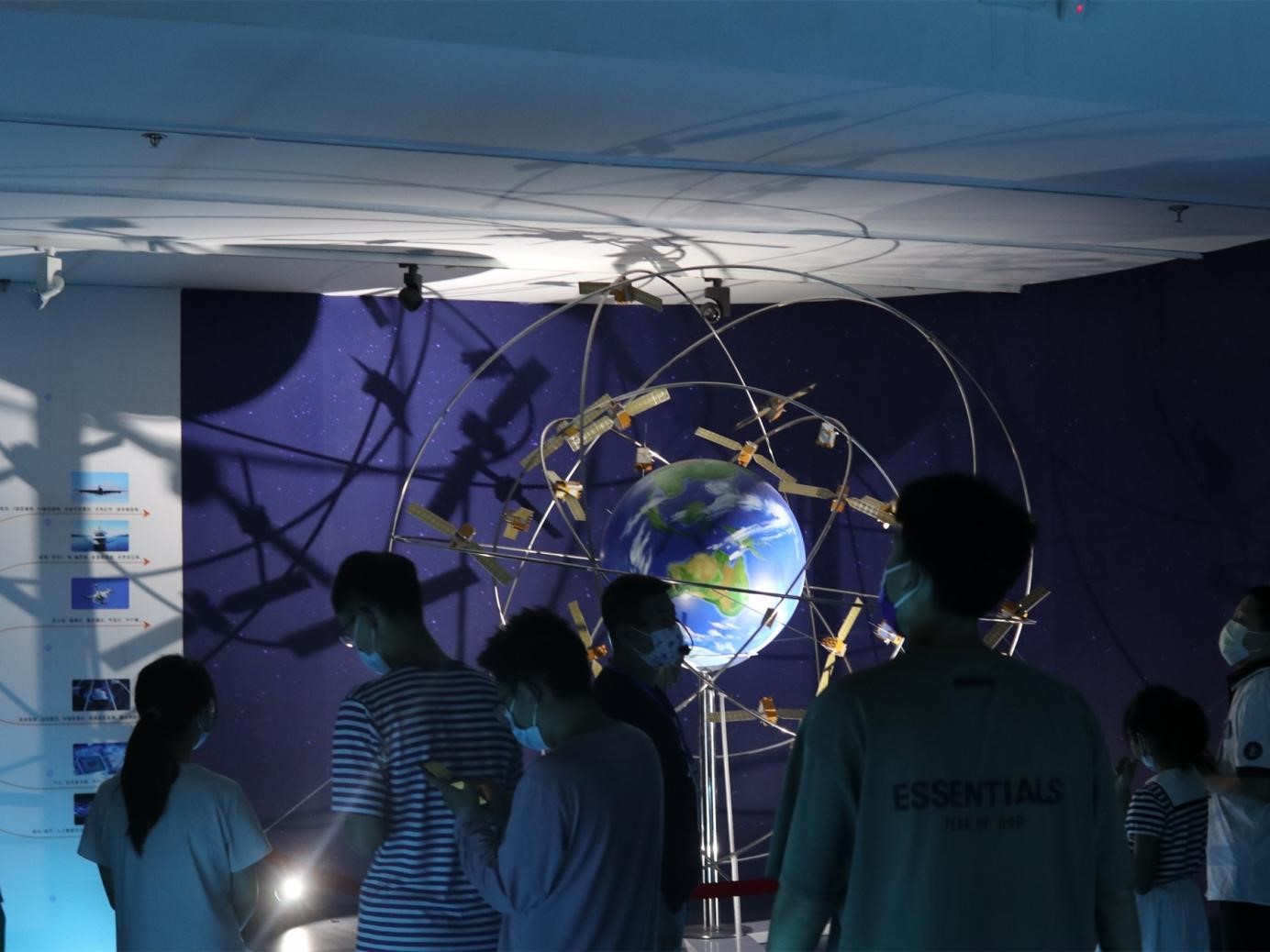
Taking advantage of the museum gadgets, the working staff divided the students into two teams and organized an interesting competition. The competition consisted of four parts, with the winning team acquiring some of the puzzle pieces first, and the team that got all the pieces and finished the puzzle would win. The competitions testedstudents' abilities of searching, observation, expression, communication and team cooperation.

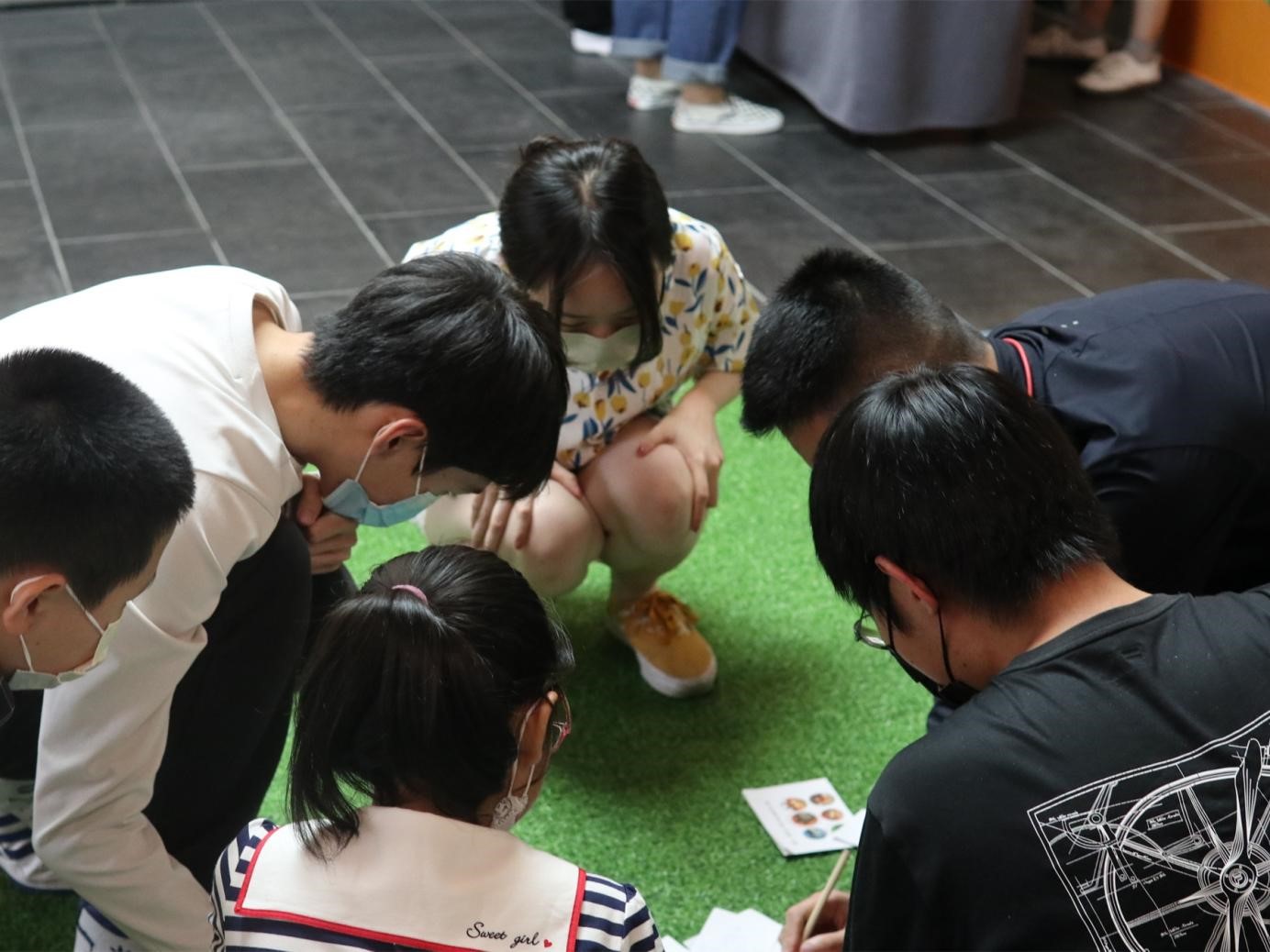
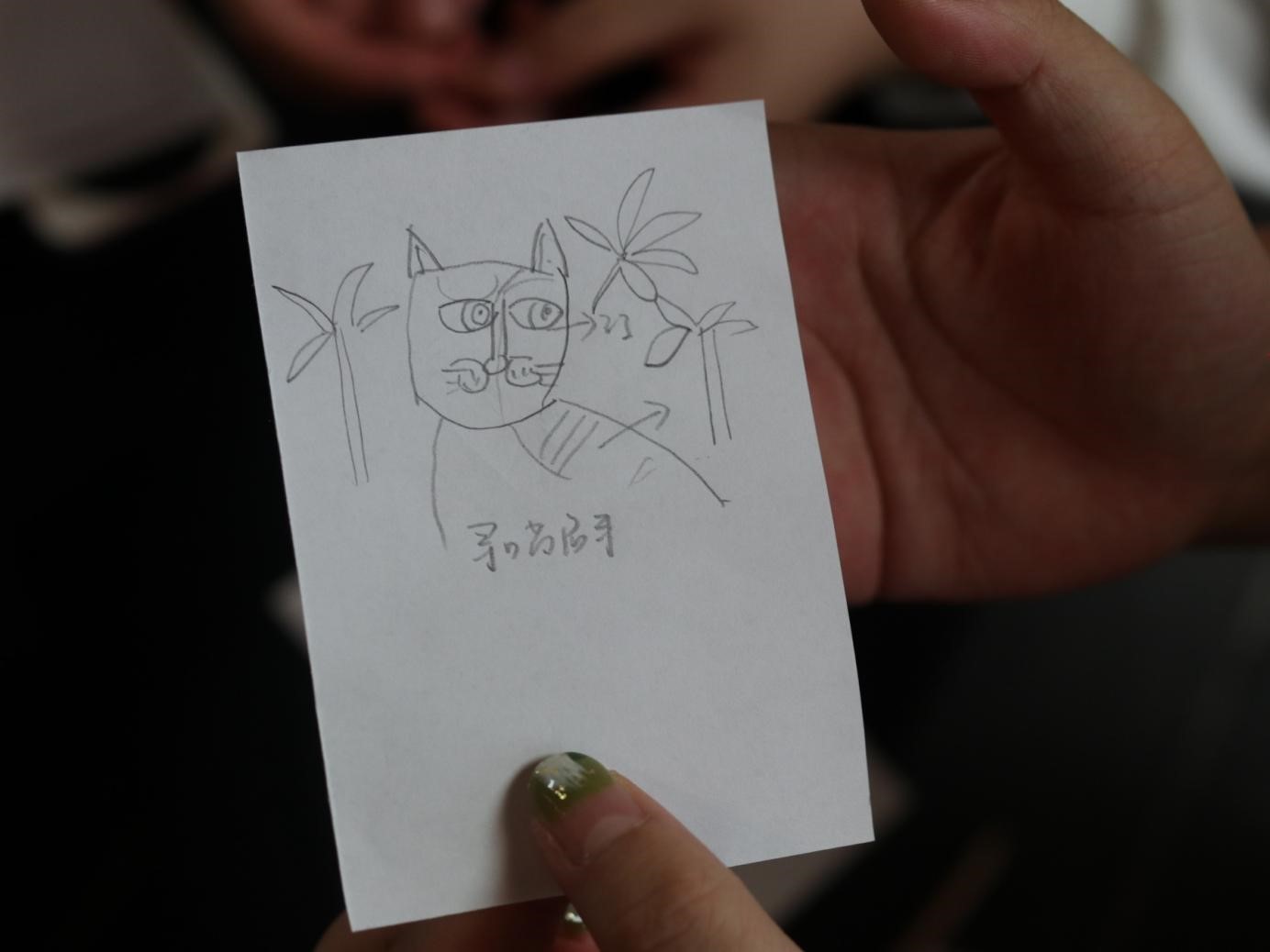
Later, the students considered the competitions fruitful. "At the beginning, we thought the game was so simple, but as the game went on, the atmosphere became increasingly intense, and it was also a big test for the leadership," said the leaders of the two teams.
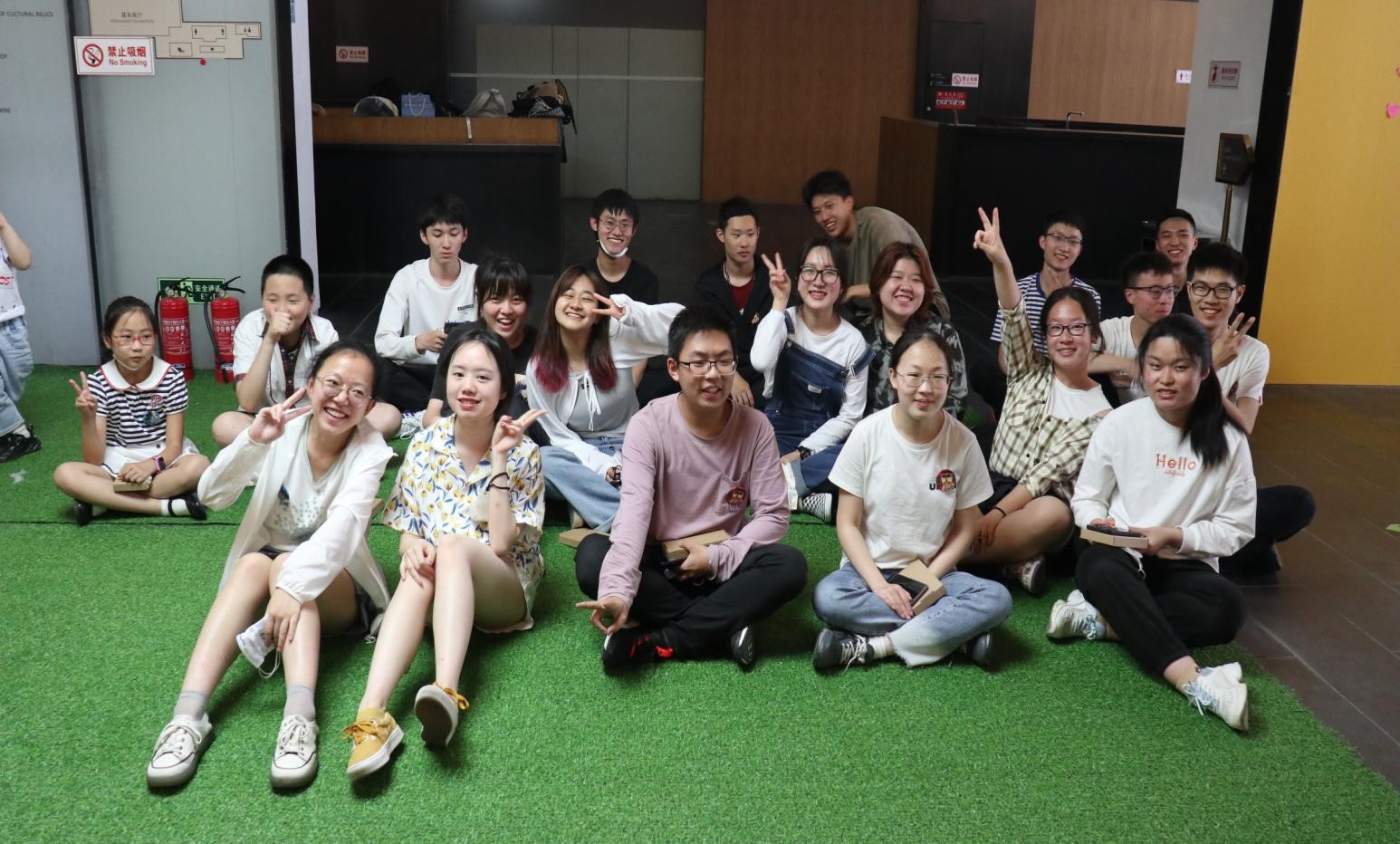
By dint of the activity, the students have been deeply appealed to the charm of art, and become increasingly proud of the development of China's aerospace industry. This activity enriched the students' extracurricular life, nurtured their artistic quality, clarified their life goals, strengthened their ambition and developed their patriotism.

The Organization for Economic Cooperation and Development (OECD) once gave an official definition of global competency, which encompasses six core qualities: attention to international affairs, familiarity with the global environment, abilities of understanding and appreciating different cultural connotations, ability of addressing risks and changes, observance of cultural norms and professional ethics, deep understanding of one’s own cultural root and world outlook and ability of communicating with people from different cultural backgrounds. By three periods of studies, students have gradually put the theory of global competence into practice, upholding a strong sense of family and country and bearing the mission of national rejuvenation in their mind.
(Translator: Liu Yang)
Text : Deng Jingyuan, Xue Longqi, Zhang Zixuan, Su Yujing, Ding Jing
Photo: Ding Jing, Jing Tingting, Yu Maomao
Editor: Wu Sijia
Review: Fan Xiaoli

